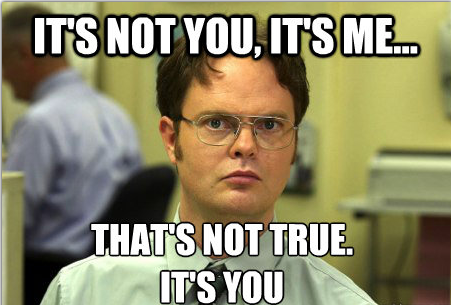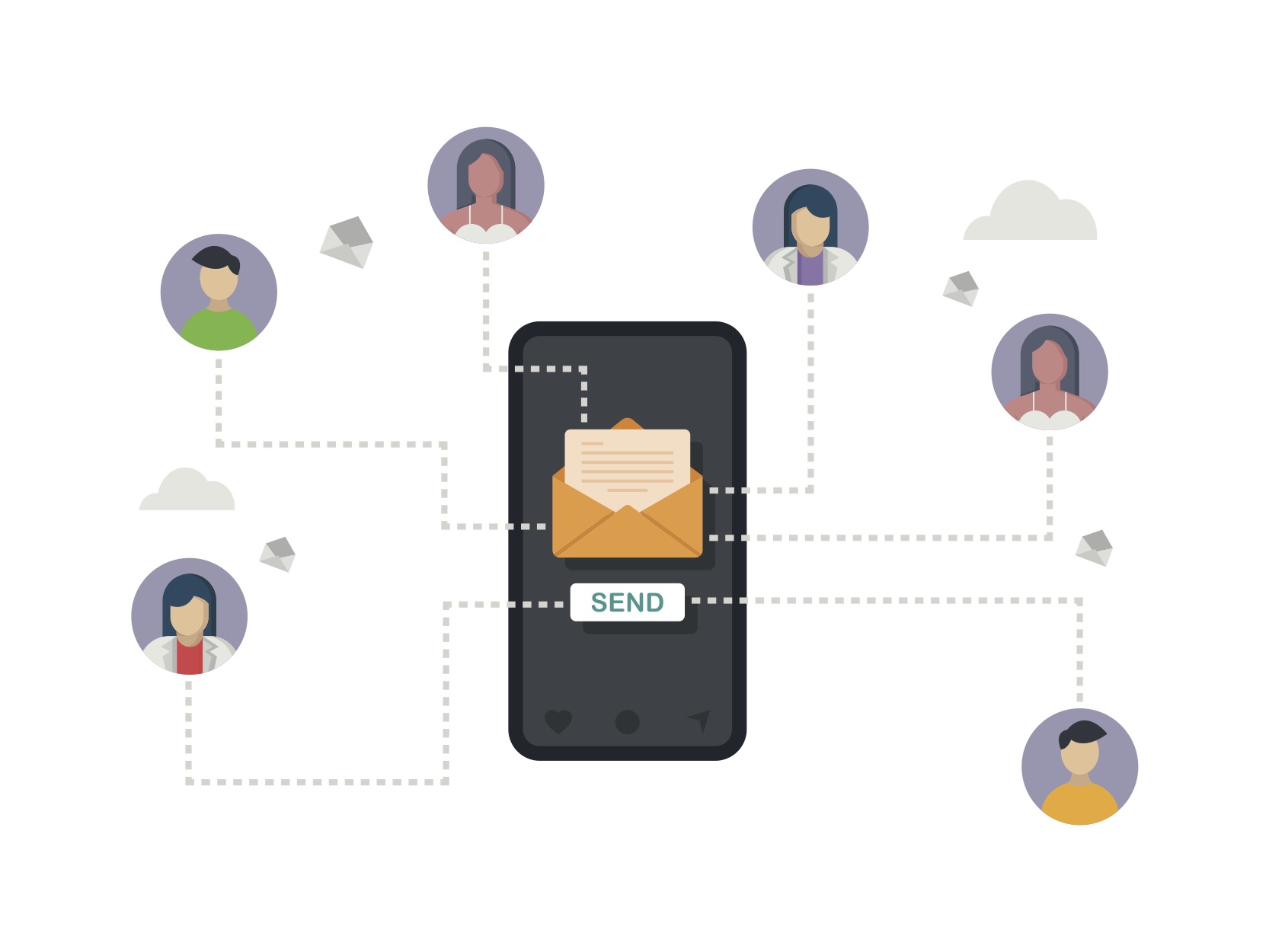 With usage in steady decline for nearly a decade and revenue continuing to plummet, Yellow Pages is just not what it used to be – plain and simple. While it can be tough to move away from the staple that you may have used to advertise your small business for years, the fact is that in the age of digital everything, quite frankly, you can do better. If you’re spending your company’s marketing budget with Yellow Pages, it’s probably time to give the book the “it’s-not-you-it’s-me” routine. It’s time to move on, and we heard that the Internet wants your e-mail address.
With usage in steady decline for nearly a decade and revenue continuing to plummet, Yellow Pages is just not what it used to be – plain and simple. While it can be tough to move away from the staple that you may have used to advertise your small business for years, the fact is that in the age of digital everything, quite frankly, you can do better. If you’re spending your company’s marketing budget with Yellow Pages, it’s probably time to give the book the “it’s-not-you-it’s-me” routine. It’s time to move on, and we heard that the Internet wants your e-mail address.
But if you’re not yet convinced that Yellow Pages advertising might be hurting your bottom line, read on.
1. The Internet trumps print media about 80% of the time. Many studies have come to this conclusion. Allow us to elaborate. Most consumers report using the Internet first, about 80% of the time, when researching a new product or service. The idea of buying a space for your print advertisement each year and then forgetting about it until it is time to renew is quickly becoming outmoded by SEM and inbound marketing tactics.
2. Yellow Pages makes it difficult to track results. You can set up a dedicated phone line or create a specific landing page, but most businesses don’t do this. This means that the decision to renew ad space in Yellow Pages is based on a guess—every year.
3. Yellow Pages has a cheaper, more effective alternative: Internet marketing. Inbound marketing practices reverse the previously outbound relationship of print advertising, such as Yellow Pages and mailouts, and allow the customers to do the “finding” themselves. This shift from outbound to inbound makes for a more productive and effective marketing process that reduces waste and saves you money.
4. Even pizza delivery restaurants are taking orders on the Internet. What we’re saying here is that even the Pizza Huts and Domino’s Pizzas, giants in an industry that relied heavily on local patrons and print ads in Yellow Pages, have embraced the Internet with apps and online ordering. This means that if you own an upholstery business that relies heavily on custom orders from local patrons, you, too, can set up an e-commerce system that offers more convenience and accountability.
5. Your business is located in a metropolitan area. Here, it’s likely that a larger portion of the population uses the Internet to source new products or local businesses. In addition, in a bigger city, your ad or listing will be crowded in among a larger number of competitors, leaving your success rate almost entirely up to luck.
6. Your business does not sell only to an older demographic. It’s true that many seniors are still more likely to use a phone than to pick up their smart phone and conduct a Google search. We’ll give you that. However, do seniors make up a disproportionally large percentage of your customers? If not, then there’s no need to spend thousands of dollars each year on a print advertisement in a dying medium.
7. Yellow Pages usage has been steadily declining since 2005. That’s right. It appears we have come full circle in our reasons not to advertise with Yellow Pages. About 80% of the time consumers are tapping on their computers, phones and tablets when researching which plumber to use or who to call about their rattling HVAC system. Here’s the implication: people are not flipping through a phone book that sits on the kitchen counter next to their answering machine.
So, what do you think? Are you ready to drop Yellow Pages advertising and move on to a more efficient and results-driven inbound marketing strategy?




